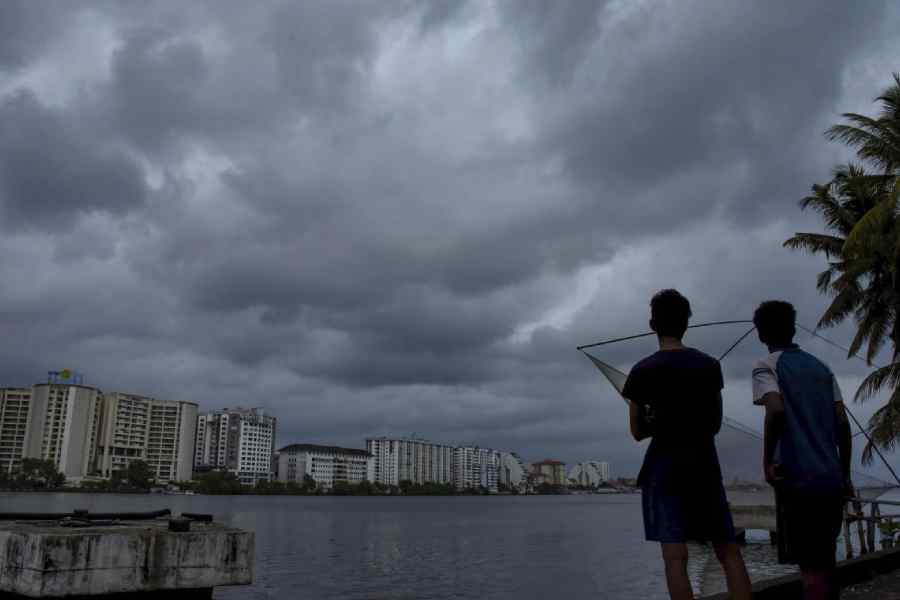The monsoon months have become hotter and night-time temperatures don’t fall as much as they used to in India’s megacities, a climate and environment think-tank said in a report on growing heat stress.
The report released by the Centre for Science and Environment (CSE), New Delhi, on Monday said that rising temperatures and relative humidity had worsened heat discomfort in all six megacities — Bengaluru, Calcutta, Chennai, Delhi, Hyderabad and Mumbai.
The heat index — the combination of air temperatures and relative humidity — is rising faster than temperatures in all six cities, the CSE said in the report that analysed temperature and humidity patterns as well as urban land-use changes in the six cities since the early 2000s.
Calcutta was the second hottest city with an average summer heat index of 36.5°C, with humidity impact measured to be 6.4°C between 2014 and 2023. Chennai was the hottest with a heat index of 37.4°C and humidity impact of 6.9°C, while Mumbai’s heat index of 34.3°C and humidity impact of 3.3°C was ranked third.
“When we take into account humidity, heat discomfort levels have increased faster than the actual rise in temperatures,” Avikal Somvanshi, a researcher at the CSE who co-authored the report, told The Telegraph.
The average summer temperature of the six cities increased by 0.01°C between the decades 2001-2010 and 2014-2023. In contrast, the average heat index of the six cities over the same periods increased by 0.8°C, or 80 times faster.
The rising humidity has also impacted monsoon temperatures. Overall, the monsoon months have on average become 1°C hotter while the premonsoon months are on average 0.5°C hotter, measured through the heat index.
The CSE analysis has shown that Calcutta stands out among the six megacities with its night-time temperatures cooling at the same rate during the 2014-2023 decade as they used to between 2001-2010. Calcutta’s night-time land surface temperatures continue to drop by about 6.2°C at night.
But night-time cooling has waned in the other cities. Delhi’s nights, for instance, during 2014-2023 were cooler by just 11.2°C, or about 9 per cent below the 2001-2010 level. Nights in Bengaluru have cooled by 10.1°C, about 15 per cent down from the 2001-2010 cooling level. Mumbai nights are cooler by 7.8°C, or 24 per cent lower than the 2001-2010 level.
Alongside a rise in temperatures and humidity, the six cities have all witnessed increases in their built-up area that contributes to what scientists call the urban heat island effect — the greater the built-up area, the higher the temperatures in the urban areas, compared to their relatively greener surrounding or rural areas.










